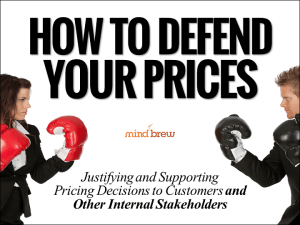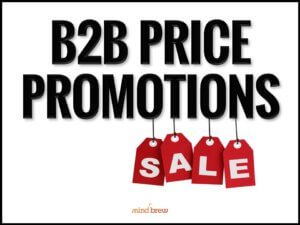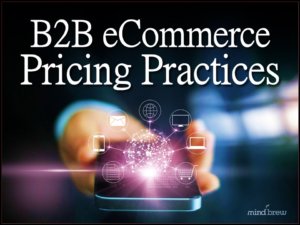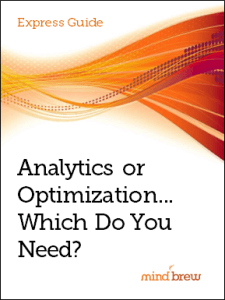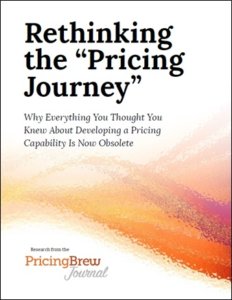At least a few times over the course of their careers, most B2B pricing practitioners will hear some variation of this rather annoying proclamation:
“The market price is lower than what we’re charging.”
Of course, this will usually come from someone in Sales. And in Sales lingo, it roughly translates to, “I need to rationalize giving this customer a much bigger discount.” But you’ll likely hear it from others as well—i.e. product management, marketing, executive leadership, and sadly, even other pricing people.
Besides the rather transparent ulterior motives that usually accompany it, there are a number of other problems with this statement/sentiment…
First of all, there’s really no such thing as a single market price. In all but the most tightly-controlled and highly-regulated markets, there’s always going to be a range of prices. That’s just the nature of competition.
And this range can actually be quite broad between the high- and low-ends, representing dramatically different levels of profitability depending on your underlying cost structure. So if anything, your prices should always be viewed in relation to a range, rather than any specific price or average.
Another problem with the statement has to do with the notion of “the market.” How is “the market” being defined? And who exactly should be defining it?
Now, I would argue that the market definition that matters most is the prospective customer’s market definition. What alternatives do they consider viable? Which competitors do they take seriously? And what are their perceptions of your offering, relative to others they might be considering? After all, it’s the prospective buyers’ considerations and comparisons that will ultimately define the market price range for their specific purchases.
In fact, this is one of the reasons a granular price segmentation model based on willingness-to-pay is so powerful. Properly defined, each of the price segments in this type of model is actually a “micro market” that reflects the unique dynamics and perspectives of customers in a specific buying situation. In other words, there isn’t just one big “market” as defined by industry analysts or pundits; there are hundreds or even thousands of “micro markets” as defined by customers.
All that being said, the most problematic aspect of the “our price is higher than the market price” sentiment has to be the implication that it matters.
Here’s what I mean…
Let’s say that there is a single market price (there isn’t). Let’s say that the market being referred to is relevant (it likely isn’t). And finally, let’s say that our price really is higher than this so-called market price. So what? Are these numbers supposed to match? Or is our price supposed to be lower? Why? Who says? And what if that doesn’t work out financially?
The point is that even if the assumptions embedded in the statement were true and accurate…which they aren’t…it really wouldn’t matter that your price was higher as long as customers were willing to pay it in the right proportions.
When you hear this statement/sentiment…and you will…you’ll have to decide how to respond. Depending on your situation, you might feel comfortable explaining all of these flaws to the other parties. Or you might decide that the best course of action is to just smile, defer, and suggest that you’ll “take a look at it.”
However you choose to handle it, the most important thing is that you understand that it’s a bogus claim.


